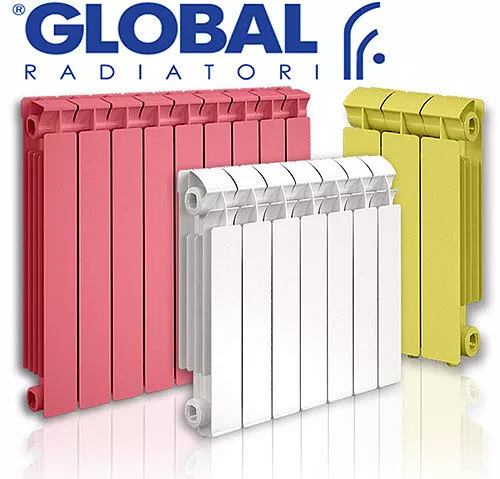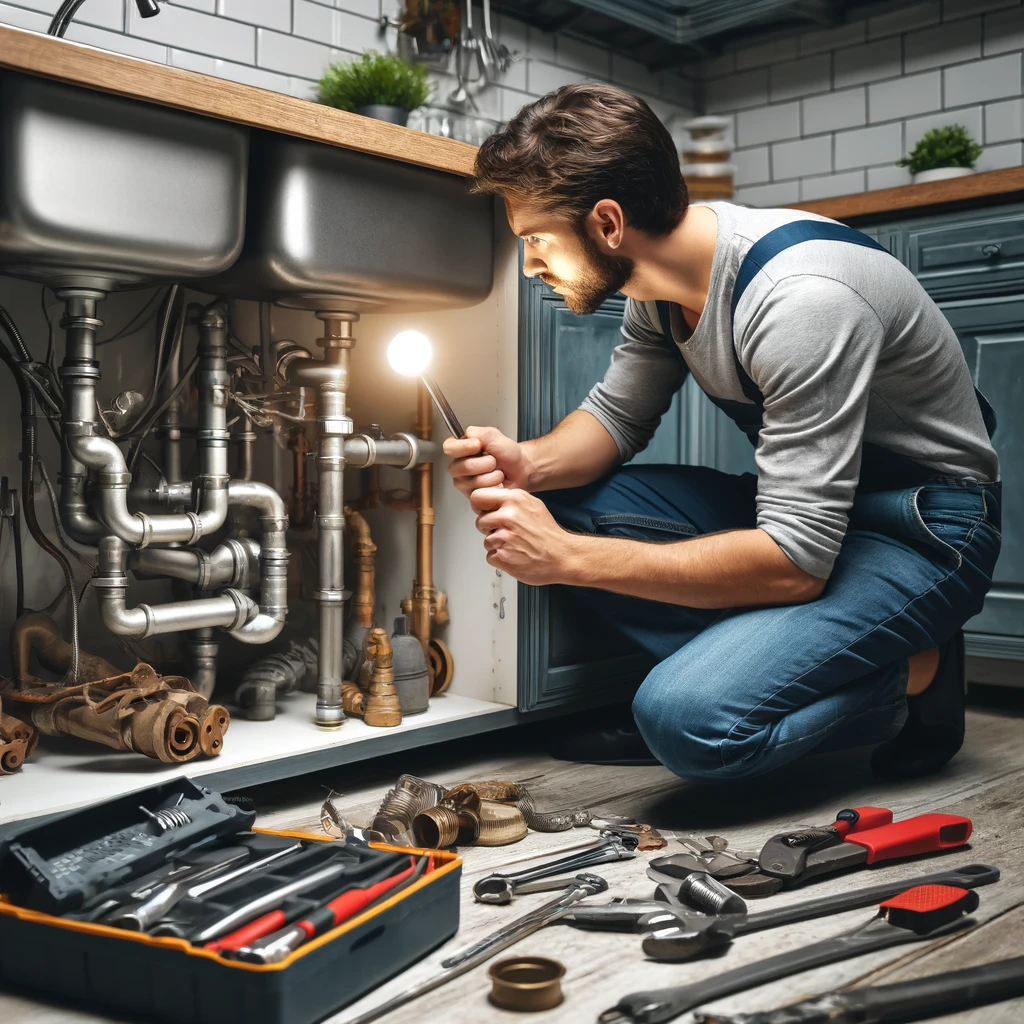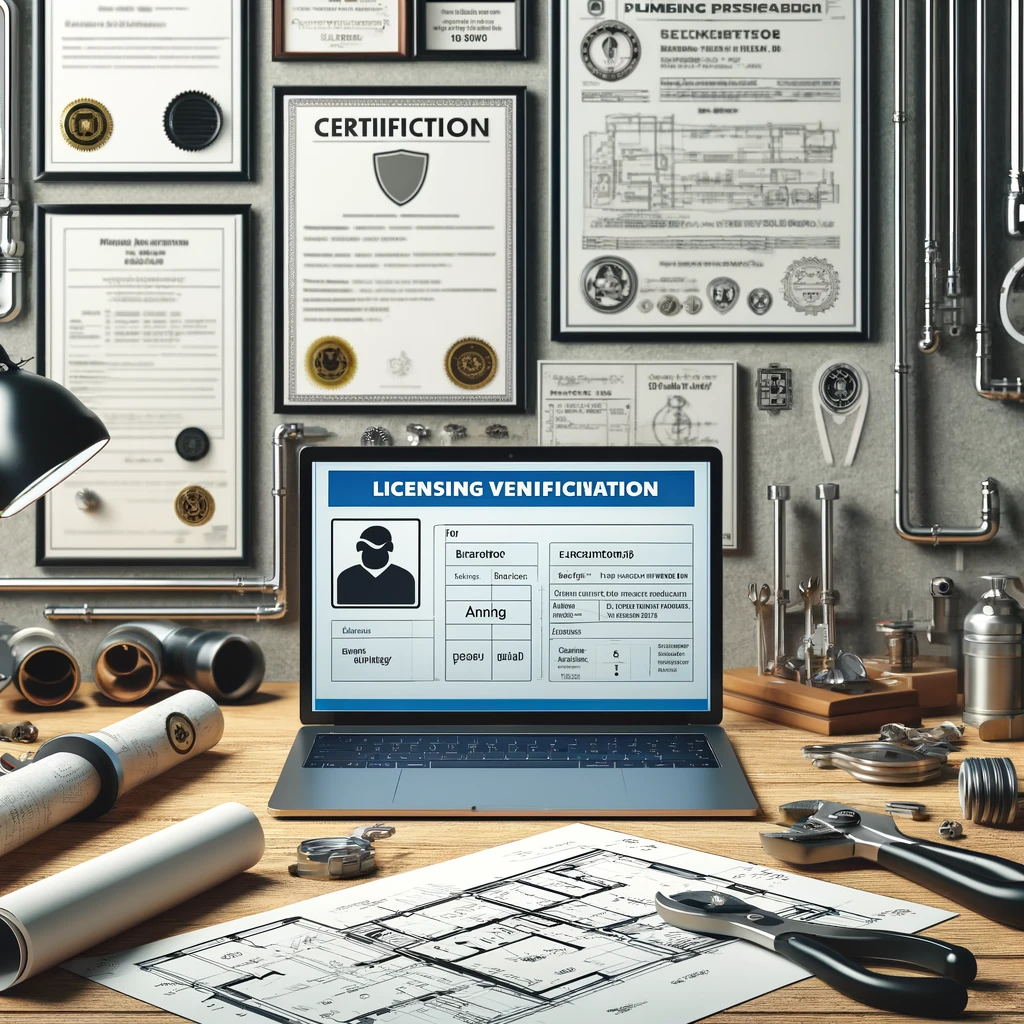Bimetallic radiators are heating units suitable for offices and industrial spaces, apartment buildings, and private homes. These models are lightweight, easy to install, and have an attractive design.
Bimetallic Radiator Construction
The body is made of aluminum alloy, which has high heat output, and the heating circuit is made of copper or steel pipes that can withstand high pressure.
Manufacturers offer bimetallic radiators with a solid body or with a sectional surface. Each option has its own advantages. A solid body design is suitable for systems with high pressure (up to 100 atmospheres). This type of radiator contains a stainless steel core, which offers increased strength. Sectional models are convenient because additional sections can be added if needed.
When choosing a radiator surface, consider the operating pressure. If your system is at high risk of water hammer, choose monolithic models; otherwise, sectional models are suitable.
Operating Principle
The coolant circulates through steel pipes, which heat up quickly due to their small size.
The pipes transfer heat to external aluminum elements with high heat transfer rates.
Advantages of Bimetallic Radiators
The devices boast the following features:
- Can be used with any heat transfer fluid (radiators can be installed in apartment buildings and commercial spaces);
- High heat output (due to the aluminum coating);
- Corrosion resistance;
- Attractive design;
- Easy maintenance (unlike cast iron radiators, radiators have no hard-to-reach areas where dust can accumulate);
- Option to install valves and thermostats to maintain a comfortable temperature in the room;
- Ability to add or remove sections depending on the owner’s needs.
Manufacturers overview

Sira is an Italian company that manufactures radiators with heat outputs of 140-280 watts. They use aluminum alloy and a steel core, using aerodynamic welding technology in production, ensuring strength and resistance to water hammer and adverse environmental conditions. The design features smooth lines and rounded corners.
Global is an Italian manufacturer that produces radiators adapted to the Russian climate. They use die-casting technology, ensuring durability. Bimetallic radiators are supplied with a mounting kit for easy installation.
Rifar – monolithic and sectional radiators manufactured in Russia. During production, a stainless steel core is injection-molded with aluminum alloy. This technology ensures a high heat transfer coefficient and resistance to pressure fluctuations in the system. Radiators are available with bottom and side connections. The main advantage of these models is their low price (compared to Italian radiators) with similar efficiency and durability.
Rommer – developed by Russian engineers. When producing models, climatic conditions and the characteristics of central heating are taken into account. The company has
A factory in China, which allowed us to reduce the cost of heating units. The technical characteristics of these models include high heat output, reliability, resistance to pressure fluctuations, and undemanding coolant quality.
What to consider when choosing
Reliability and durability parameters
Radiators are made from different materials. Some bimetallic heating radiators use an all-steel frame, while others only have steel-reinforced coolant channels.
All-steel frames are more reliable and durable. In these models, the hot coolant does not come into contact with the aluminum, reducing the risk of corrosion and leaks. The latter option is lighter, making installation easier. Furthermore, these radiators have higher heat transfer rates.
Radiators with an all-metal frame are significantly more expensive.
The following manufacturers produce these models:
- Global (stylish design, adapted to Russian climate conditions);
- Rifar (Russian company, produces the bimetallic “Monolith” model);
- Sira (high heat output, maximum strength, resistance to water hammer);
- Rommer (models created by Russian developers, manufactured in China).
Center Distance
Most manufacturers offer models with a standard center distance of 50 or 35 cm. If this option isn’t suitable, consider products from Sira (20 and 70 cm) or Rifar (20 cm).
Custom models can also be found from the Russian manufacturer Rifar; the company offers rounded radiators suitable for semicircular bay windows.
Appearance
Almost all bimetallic radiators have a standard design. The shape or size of the sections may vary slightly.
As for color options, almost all manufacturers produce models in shades ranging from bright white to off-white or beige. A wide selection of colors (8 options) can be found at the Italian company Global, while the Russian company Rifar also offers models in a wide range of custom colors.
Heat Output
These radiators have a heat output comparable to classic cast iron radiators. Standard output is 150-180 watts. For exact specifications, please refer to the radiator’s data sheet.
The higher the heat transfer rate, the more efficient the device.
Operating Pressure
One of the important parameters of bimetallic radiators is the operating pressure. In apartment buildings, there is a high risk of water hammer, and it is important that the device does not fail in the event of a sudden increase in pressure. Typically, a radiator operates properly at 25-30 atmospheres. However, if problems frequently occur in your home, choose models that can withstand up to 100 atmospheres.
Two-Pipe and Single-Pipe Radiators
Single-pipe bimetallic radiators are connected in series to the main line. The coolant is supplied first to one heating device, then to the other, and the last radiator in the chain is connected to the boiler or to the riser. This system ensures ease of installation, but does not allow for room temperature control. By shutting off the heat supply to one radiator, the owner automatically shuts off the entire system.
A two-pipe system requires two pipes for coolant circulation: a supply pipe and a return pipe. The coolant at the inlet of each line is at the same temperature. The design allows for the installation of a thermostat to maintain the desired room temperature. One disadvantage is the complexity of installation (compared to a single-pipe system).
Calculating the Number of Sections
The number of sections is selected based on the power rating of each section (data can be found in the product’s technical data sheet or on the manufacturer’s website). The calculation is as follows: multiply the room area by 100 watts.
This indicator increases if:
- High ceilings (by 1.1%);
- One external wall (by 1.2%);
- The room has two windows or one window and two external walls (by 1.3%);
- A balcony or loggia and an external wall (by 1.3%).
These figures also increase if the house has poor insulation (gaps, heat leakage through windows, etc.) and in regions with harsh climates. You can either have a specialist calculate the number of sections or install more sections. In the latter case, the owner won’t have to worry about extreme cold, and if necessary, the temperature can be regulated with a valve.
To summarize, the following parameters are important when choosing a heating radiator:
- A steel frame or simply reinforced steel columns (the former option is significantly more expensive, but offers increased strength, durability, and will last at least 15-20 years);
- model size (number of sections and center-to-center distance); the choice depends on the height of the window sills and the individual parameters of the room;
- single-pipe or two-pipe system;
- operating pressure;
- manufacturer (bimetallic radiators from reputable manufacturers are tested, ensure safety, and have a stated service life of up to 20 years);
- warranty availability.
Also, inspect the radiator externally, checking for damage or chips on the outer coating. Scratches can lead to corrosion.
Bimetallic radiators are an ideal solution for apartments and commercial spaces. Their high cost is justified by their durability and ease of use. Installation will allow you to regulate the room temperature and protect against leaks and pipe ruptures caused by water hammer.


